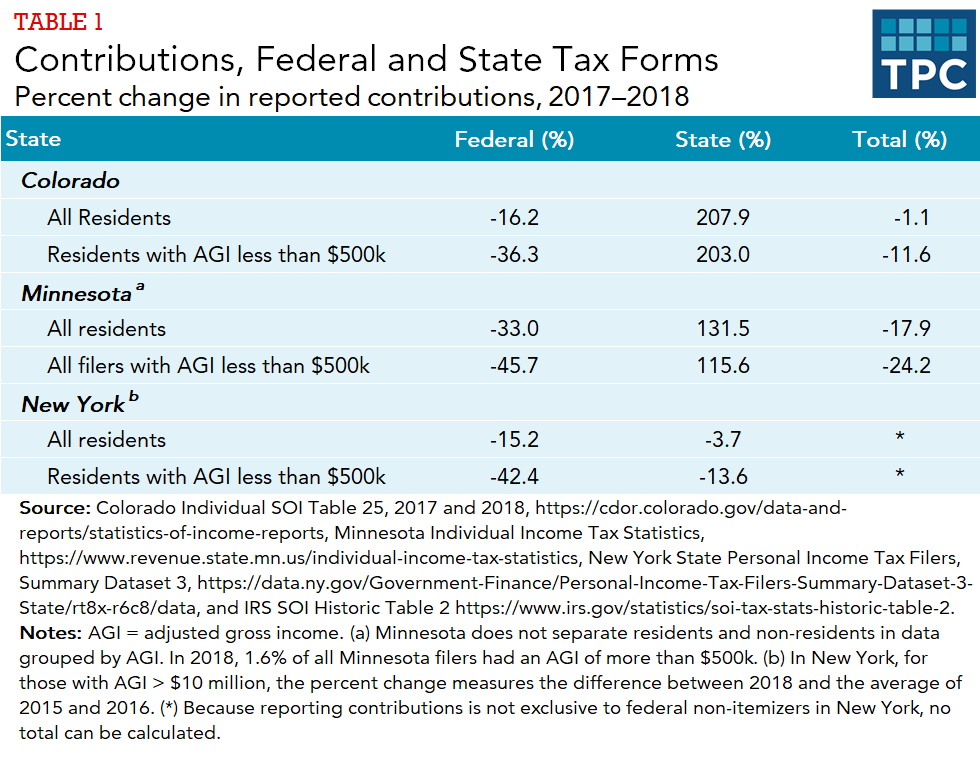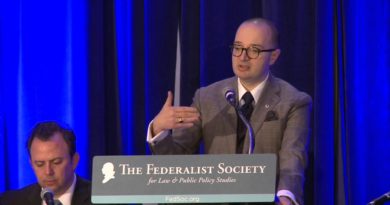Life Sciences Patents After American Axle — Grave Danger or Temporary Uncertainty?
“Life sciences innovators already have the deck stacked against them in enforcing their patents…. Now, American Axle provides defendants subject-matter eligibility arguments not anticipated when these patents were granted.”
The Federal Circuit’s denial of en banc rehearing and the Supreme Court’s denial of certiorari review mean the decision in American Axle & Manufacturing, Inc. v. Neapco Holdings LLC, 967 F.3d 1285 (Fed. Cir. 2020), is the latest word on subject-matter eligibility under 35 U.S.C. § 101. In American Axle, the Federal Circuit applied the Supreme Court’s two-part Alice/Mayo test to hold a method for manufacturing driveline propeller shafts with liners designed to attenuate vibrations invalid as directed to a use of a natural law. The Federal Circuit characterized the claims as simply “[c]laiming a result” without “limiting the claim to particular methods of achieving the result. . . .” Id. at 1295. The method claims were directed to nonpatentable subject matter because, even though neither the claims nor the specification explicitly referenced a natural law, the method steps required the application of a natural law, “and nothing more.” Id. at 1297. Although the panel in American Axle stressed its decision was consistent with Supreme Court and Federal Circuit precedent, see 967 F.3d 1295, 1296 (“Our cases as well have consistently rejected such claims as unpatentable.”), its rationale, literally applied, jeopardizes broad categories of patent claims that have traditionally been considered patent-eligible subject matter.
Is the Sky Falling? It Depends
The effect of American Axle on life sciences patents will depend on how broadly the decision is applied. As noted by Judge Pauline Newman in her dissent on the denial of rehearing en banc, “All technology is based on scientific principles—whether or not the principles are understood.” 966 F.3d 1347, 1357 (Fed. Cir. 2020). Life sciences patent claims come in many forms — they can be directed to drug compounds, biologics, methods of making drug compounds and biologics, methods of treatment, methods of diagnosis, biomarkers, and others. When boiled down to their essence, all of these types of claims depend on the “results” of the operation of “natural laws”—how the body reacts to a drug, the process steps in making a drug and/or the correlation between a biomarker and a medical condition. For example, in theory, the administration of an old drug as part of a new method of treatment simply “claims a result” — a biochemical process in the body that cures or ameliorates a medical condition. Chemical process claims (i.e., making a drug compound) often involve selecting a starting material from a defined group and then performing a series of reaction steps to achieve the final drug product — these types of claims could also be interpreted as “claiming a result” because at each step, the application of “natural laws,” such as the laws of thermodynamics, result in a physical or chemical change to an intermediate product. Indeed, some of these claims have process steps that specifically rely on achieving a result — for example, heating a material until it is vaporized or freezing and thawing cells. Claims to therapeutics that are, or use, synthetic human proteins could also be interpreted as directed to natural principles or laws.
Absent further court decisions or U.S. Patent and Trademark Office (USPTO) guidance, it seems unlikely examiners will rely on American Axle and start rejecting claims to chemical/biologic manufacturing processes or methods of treatment as ineligible subject matter under Section 101. Examiners are unlikely to find humanized antibodies or treatments that mimic human proteins ineligible for patent protection. Traditionally, such claims have been seen as subject-matter eligible by the USPTO. And, while the USPTO is “revisiting” its subject matter eligibility guidance and has requested comments on the guidance, it has not signaled an intent to read American Axle broadly. Further, both language from the American Axle decision itself and other authority provide support for the eligibility of many life sciences patent claims. Methods of treatment, including new uses of an old drug, and claims to the process of synthesizing a compound (even if not new) arguably involve a physical effect or a “concrete action.” See American Axle, 967 F.3d at 1302 (“The first such requirement, that of eligibility, is that the claim itself . . . must go beyond stating a functional result; it must identify ‘how’ that functional result is achieved by limiting the claim scope . . . to concrete action, in the case of a method claim.”). The decision in Diamond v. Diehr, 450 U.S. 175, 192-93 (1981), authorizes claims that state a natural law when the natural law is used in an industrial process. While these authorities do not require the USPTO to deem any particular type of invention patent-eligible, they provide support for not substantially expanding categories of ineligible subject matter discussed in the current examination guidelines.
I admit, in writing this article, I am having some difficulty in drawing a principled line between life sciences claims to, for example, methods of treatment, and industrial process claims to, for example, a method for manufacturing driveline propeller shafts. Both types of claims have steps that involve the application of natural laws but result in a concrete physical effect. Both types of claims have (in the past) been seen as patent-eligible subject matter. The difficulty in determining one set of claims is “directed to” a natural law and the other not is that a claim need not explicitly recite a natural law to be “directed to” a natural law. Because all inventions rely on natural or scientific principles to some extent, how are fact-finders supposed to distinguish between claims that are subject-matter eligible and those that are not, particularly when a claim can be “directed to” a natural law that is not expressly recited in the claim or even described in the specification?
‘Unabated Uncertainty’
That is where the danger lies for life sciences patents — the uncertainty of the application of Section 101, particularly after American Axle, and the potential for certain types of claims to become very difficult to enforce. While some very important categories of life sciences inventions, such as diagnostic methods, were already endangered by Mayo Collaborative Servs. v. Prometheus Labs., Inc., 566 U.S. 66 (2012), the uncertainty of enforcing properly-issued claims in other areas of the life sciences will likely have, and perhaps has already had, an effect on investment and innovation in the life sciences industry.
In response to a request from multiple senators, the USPTO conducted a study on the current state of patent eligibility and, as part of the study, solicited public comments on the issue, including comments on “the impact of current subject matter eligibility on the general marketplace.” See Patent Eligible Subject Matter: Public Views on the Current Jurisprudence in the United States (“Report”) (June 2022). Many stakeholders, including those in the life sciences industry, expressed the opinion that current jurisprudence on subject-matter eligibility is “unclear and unpredictable.” Id. at 18. (At least one life sciences organization, Coalition for the Life Sciences, stated patent eligibility jurisprudence does not lack clarity in a comment emphasizing the positive effects of invalidating gene patents. Id. While the prohibition on patenting naturally-occurring DNA is pretty clear, other areas of the life sciences are much more murky). The Biotechnology Innovation Organization (“BIO”), the “principal trade organization representing the biotechnology industry” with nearly 1,000 members, commented “there continues to be unabated uncertainty about the patent-eligibility of many biotechnological inventions.” See Comment ID PTO-P-2021-0032-0128.
Where Will the Expansion End?
In that light, the broad discretion the American Axle decision permits in the determination of whether claims are “directed to” a natural law can only increase the unpredictability. Even if the decision does not result in any changes in examination practice, what will happen later when issued claims are litigated? How will investors evaluate the risk of life sciences claims being invalidated under Section 101? How will companies operating in that space decide where to innovate and invest, or whether to seek patent protection or keep trade secrets? American Axle will provide creative litigants with the ammunition to challenge many types of patent claims under Section 101, and given the lack of clarity, many may succeed. Court decisions applying American Axle to different areas of technology or different types of claims may create precedent, putting other issued patents at risk. For example, in commenting on subject matter eligibility, BIO quite rightly pointed out the deleterious effect of Section 101 jurisprudence, including the uncertainty it engenders on the patentability of diagnostic methods such as “biomarker-assisted methods of drug treatment to companion diagnostic tests” and precision medicine. See Comment ID PTO-P-2021-0032-0128. Genentech, Inc.’s comments to the Report note not only the adverse effects on personalized medicine, but also the unknown effects of confusing subject-matter eligibility jurisprudence on therapeutics that harness natural processes, including treatments such as synthetic growth hormones, hemophilia treatments that mimic missing or faulty human proteins, therapeutic monoclonal antibodies, and medicines based on human microbiomes. Id. Comment ID PTO-P-2021-0032-0132. The expansion of Section 101 to these types of treatments may seem unthinkable — but did the patent community really anticipate patent claims directed to cameras, garage door openers, car chargers or methods of manufacturing driveline propeller shafts would be invalidated as directed to patent-ineligible subject matter under Section 101? See ChargePoint v. SemaConnect, 920 F.3d 759 (Fed. Cir. 2019) (electric car charger); Chamberlain Group v. Techtronic Industries, 935 F.3d 1341 (Fed. Cir. 2019) (garage door opener); Yanbin Yu v. Apple Inc., 1 F.4th 1040 (Fed. Cir. 2021) (digital camera).
A Plea to Restore Predictability
Life sciences innovators already have the deck stacked against them in enforcing their patents. As with all patent plaintiffs, life sciences patent holders have to win almost every issue to be successful in court: claim construction, anticipation and obviousness, to name a few. Recent decisions regarding enablement and written description have made genus claims fairly easy to invalidate. Recent Federal Circuit decisions have made damages more difficult to prove and sustain on appeal. Now, American Axle provides defendants subject-matter eligibility arguments not anticipated when these patents were granted. The decision’s broad language about claims “directed to” natural laws leave the Section 101 judicial exceptions open to unpredictable judicial interpretation. Life sciences companies depend on private (including in many cases venture capital) investment to develop and bring products to market. Unpredictability in enforcement, including the potential invalidation of patents issued years earlier, will impact innovators’ decisions to enter the field or to invest in developing and commercializing life sciences inventions. It may impact their ability to obtain funding to support those decisions. Whether through Congressional action or through Supreme Court jurisprudence, the judge-made judicial exceptions to subject-matter eligibility need to be clarified and contained.
Learn more about this and other topics at IPWatchdog’s Life Science Masters 2022 Program on October 25-26 in Ashburn, VA.
Image Source: Deposit Photos
Image ID: 129207306
Author: billiondigital






